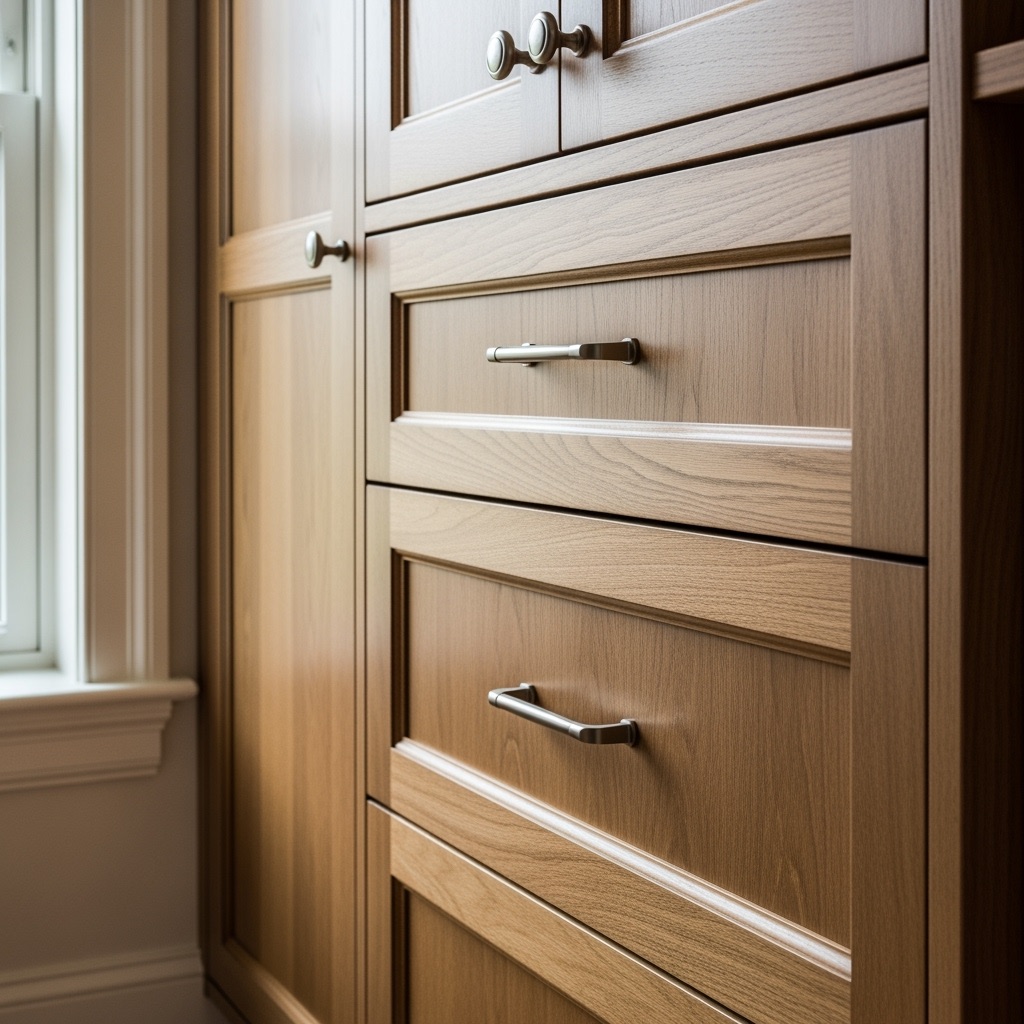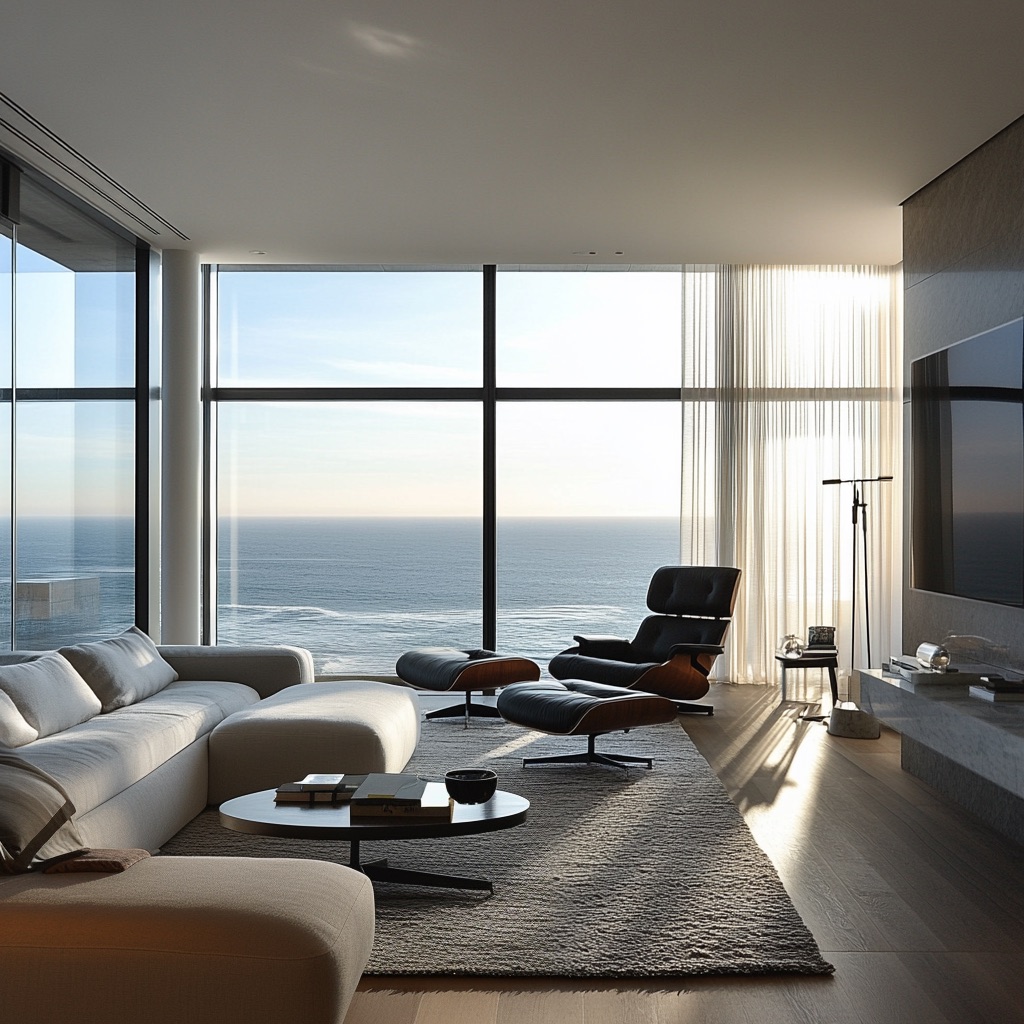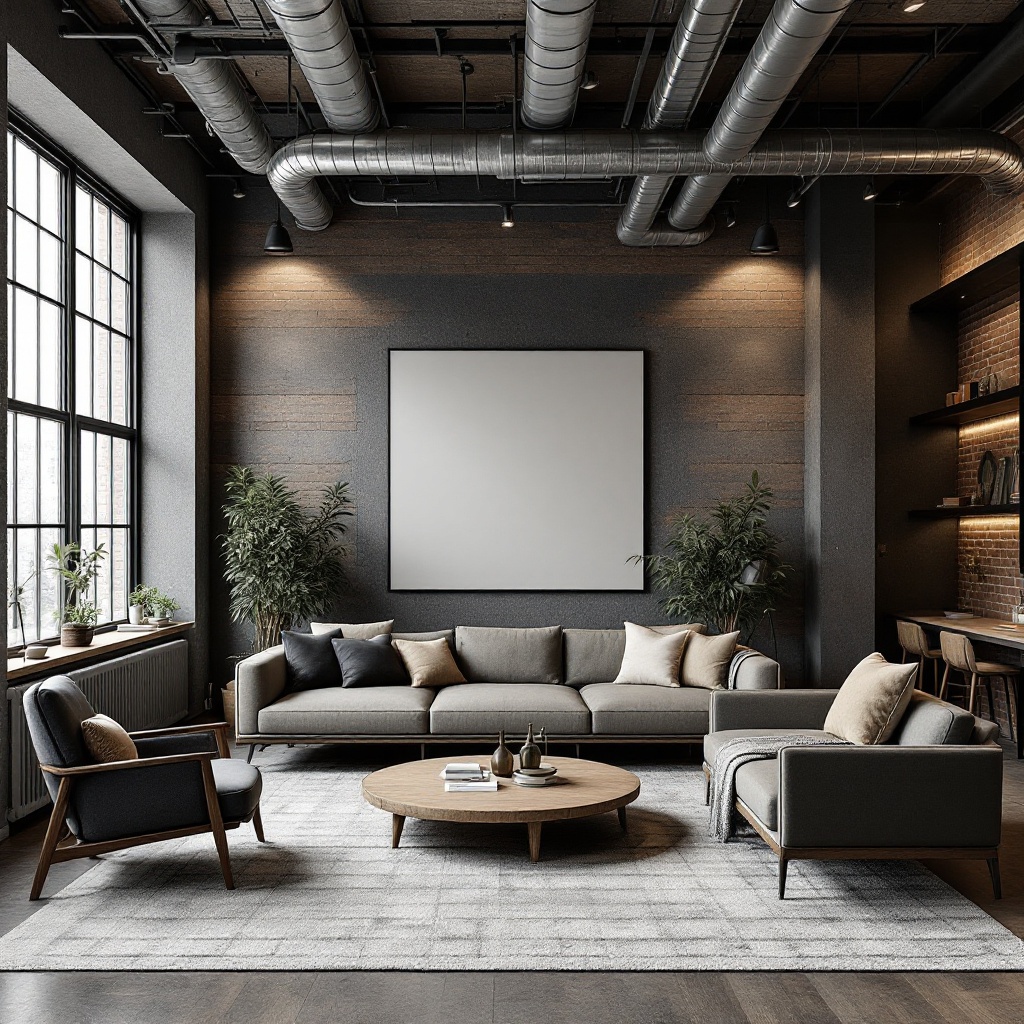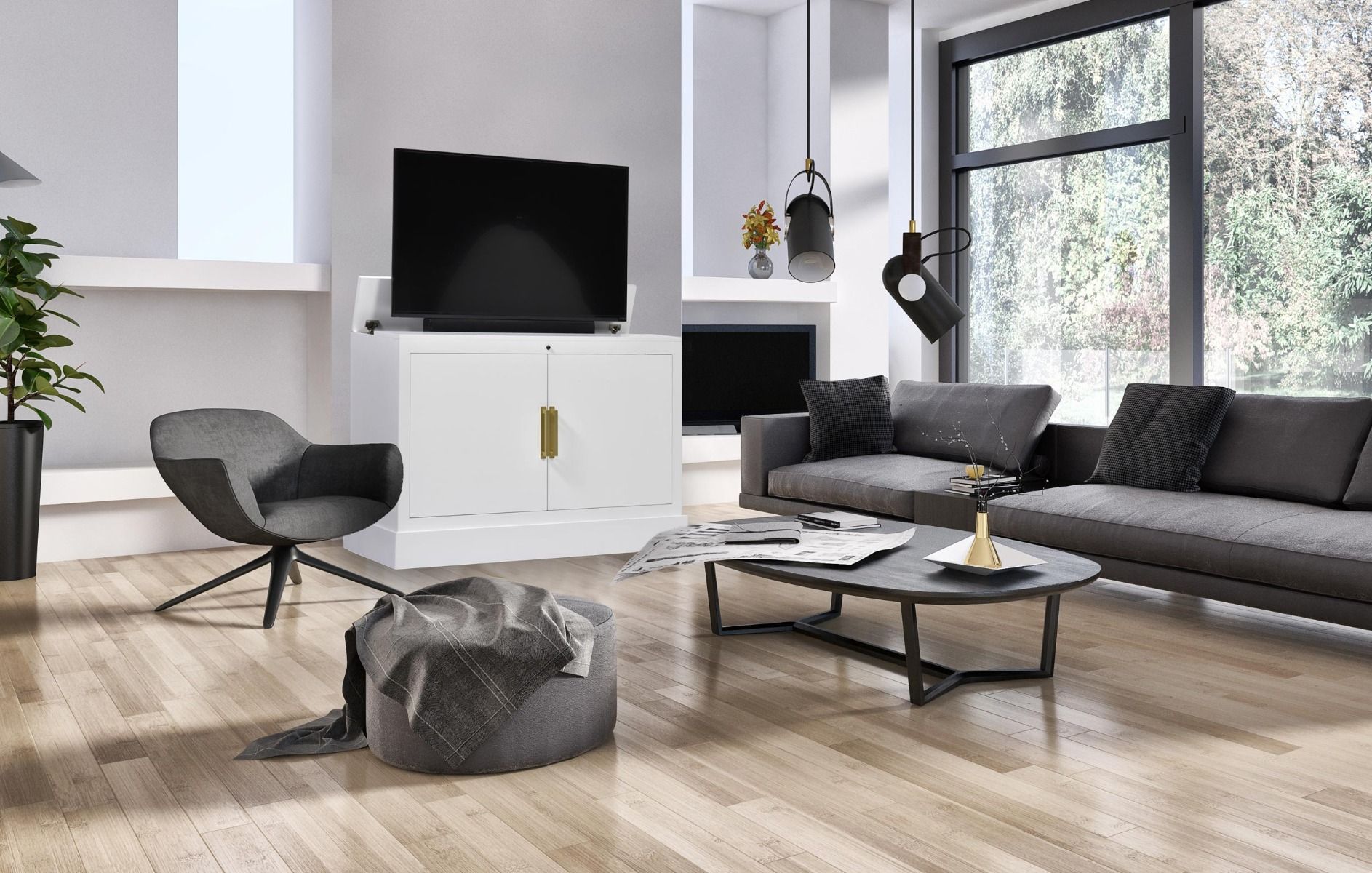Last updated on
The challenge of transforming the walls in your home from bland, monotone surfaces into vibrant presentations showcasing your personality lies in the art of arranging wall art. Believe it or not, how you hang your art can make all the difference between ‘just OK’ and ‘Oh Wow!’.
In this article, armed with our trusty ‘art tips’, we’ll show you the knack of how to organize pictures on your wall. You’ll learn how to arrange 2 pictures, 3 pictures staggered, create a gallery wall and more. Trust us; hanging artwork has never been so easy—or fun!
How to Arrange Wall Art
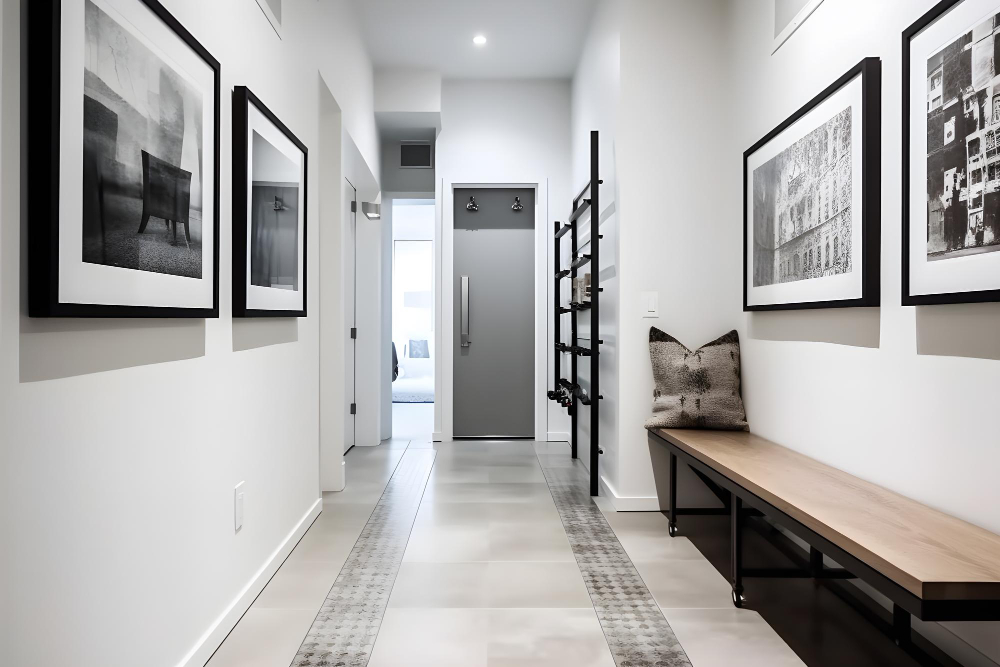
Choose the Right Walls
Not every wall is an ideal candidate for artwork. Hallways might be perfect for family photos while living room walls call out for grander statement pieces. First step? Do an overview of your place; identify those spaces screaming out desperately for some visual love! Consider factors like lighting—natural is best—and size of space before making any decisions.
Make a Plan for Your Wall Art Arrangement
Planning a gallery wall should be like planning a party—you want everyone there to shine individually but also mingle well as a group. In other words, choose pieces that complement each other visually yet have enough uniqueness to stand alone compellingly when viewed separately.
To start planning, lay out your chosen items on the floor parallel to the intended wall. This will give you freedom to experiment with different options – grouping wall pictures according to size or theme perhaps – before committing anything permanently.
Hang Art at Eye Level
Wondering what’s one common mistake people unknowingly commit while decorating walls with art? Hanging them too high (or too low)!
An essential tip in this regard comes from museum curators: hang art at eye level which means centering them around 57 inches from the floor. This ensures your beloved artworks are in direct sightline for an average-sized viewer. STAS art hanging systems offer a flexible solution to hanging art across your wall.
Consider the Furniture and Decor
Don’t hang art in a vacuum; incorporate it into surroundings already there! Your furniture, accessories and even color scheme should have an influence on your artwork arrangement ideas. Imagine it’s all part of one interconnected design narrative – harmonious, not antagonistic. For instance, if you’re hanging a painting above a couch or mantel, leave at least 8-10 inches space to nestle them cozily together.
Remember, when deciding how to arrange wall art or how to hang paintings let creativity be your guiding star! Trust instincts over traditional limitations – with correct planning and some trial-n-error, magical transformation is just around the corner.
Tips for Arranging Wall Art

The secret to brilliant and captivating wall art arrangement lies not only in the beauty of the artworks themselves but also in carefully considered placement strategies. Let me share with you some practical and simple tips that allow everyone, including beginners, to create impressive art displays.
Symmetrical and Asymmetrical Wall Arrangements
Symmetry may bring a sense of calm and orderliness into space, making it excellent for formal settings or anyone favoring structured designs. For instance, try “hanging 3 pictures staggered” style – central piece acting as a focal point with two smaller photos or prints on either side — creating a symmetrical layout.
On the other hand, an asymmetrical concept lets you experiment more freely and can add dynamic energy to your room. The illusion of balance is maintained by using varying sizes or frames’ color palettes instead of relying precisely on equal measures.
Creating Visual Balance with Wall Art
Visual balance is key when learning how to arrange wall pictures. Harmony can be achieved through careful spacing, keeping hefty pieces in close correlation with lighter ones so they counteract each other perfectly. It’s also beneficial to distribute colors evenly across arrangements: too many bright hues situated at one end could make the design feel lopsided.
Consider hanging artwork in relation to nearby furniture as well: a large print above small standalone chair will look disproportionate. Again – maintain harmony!
Choosing and Pairing Art Styles for a Gallery Wall
When planning a gallery wall, mingling different art forms can lead to fascinating outcomes. You could curate around a theme such as seascapes or opt for varied styles like folk art mixed with contemporary abstracts for contrast; however, keep coherence between elements ensuring that they correlate somehow—be it through color schemes, subject matter or frame design.
Avoid clustering similar-sized items together randomly; this risks causing visual clutter rather than aspiration-worthy gallery walls!
Spacing Wall Art Appropriately
Proper spacing is fundamental when you’re considering how to arrange wall art. Too much space makes it feel disjointed; too little can cause the arrangement to look cluttered. As a rule of thumb, aim for 2-3 inches between each frame in a grouping or gallery wall set-up.
Including Photos in a Gallery Wall
Personal pictures add a warm touch to your décor, making the exhibit more familiar and personal. It helps tell your distinct story by incorporating things like family portraits or travel shots mixed with more traditional artworks.
Mixing different genres—art and photos—infuses personality into the overall display; just remember to hang pictures on the wall maintaining style compatibility with other items.
Hanging Art on Different Surfaces
It’s not always about conventional walls! Think innovatively: an alcove, staircase, even horizontal surfaces like shelves provide great opportunities for showcasing your favorite pieces. Just ensure secure fixtures — especially if venturing into uneven or tricky textures such as tiling or wallpaper.
The Takeaway
From symmetrical versus asymmetrical arrangements to creating visual balance and mixing art styles – decorating walls with art involves way more than hitting nails into your wall randomly! Remember these tips next time you decide to spruce up your interiors with compelling artwork groupings and turn any ordinary room into an extraordinary space filled with personality and charm.
Recap
